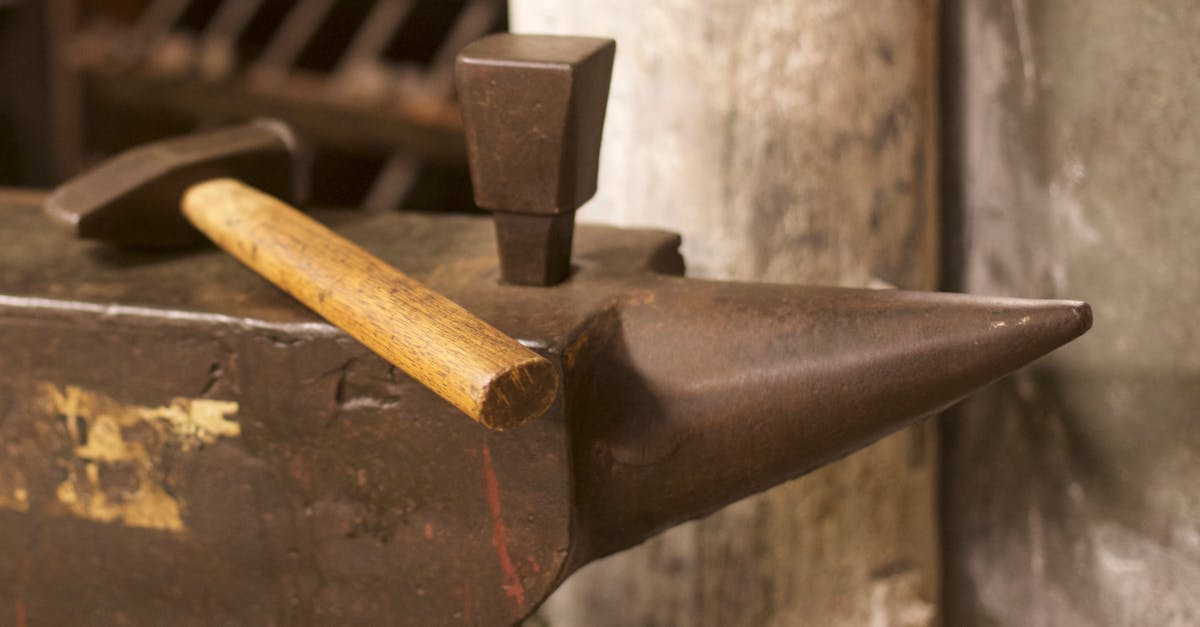Tools of the Trade - Chess Equipment
Chess is not complete without its gears. Over the
years, little has changed to the equipments used for
chess games. The board and pieces, with the exception
of the rules, have remained slightly similar to its
predecessors. However, the trend of designing chess
sets has been practiced for several centuries. Themes
from different sources, be it literature, movie or
popular culture, were used to design the board and
pieces used for chess games.
The Chess Sets
There are several variations of designs for chess
sets. Basically, chess pieces used for the game are
figurines that are taller than they are wide. They are
also available in an array of designs. However,
probably the most popular design is the Staunton
design, after Howard Staunton, the 19th century
English chess player. Staunton designs were created by
Nathaniel Cook.
Staunton style chess sets were first seen in 1849 and
were created by Jaques of London. Since then, the
Staunton designs were considered as the standard
design used for actual chess games.
The demand for the universal model of chess pieces
were renewed during the late 18th century and early
19th century. During those times, chess was beginning
to become popular and gained interest particularly in
international plays. The styles and varieties of the
conventional form started in the 15th century and had
expanded by the beginning of the 19th century.
During that period, some of the most popular
conventional styles and chess sets were the English
Barleycorn, the French Regence, the St. George and the
Central European Selenus. Most of the pieces used were
tall, cumbersome during chess games and easily tipped.
However, the major disadvantage of such chess sets was
on the uniformity of the pieces. The game�s outcome
could be altered due to the player�s unfamiliarity
with the opponent�s pieces.
The Staunton Chess Set
The early 19th century called for the need of a
standard chess set with pieces that were universally
accepted by chess players of different backgrounds.
The first solution to the problem was released in 1849
by John Jaques of London, which was then the games and
sports manufacturers of Hatton Garden, London,
England. Although Nathaniel Cook was credited with the
Staunton design, it was believed that his
brother-in-law, John Jaques, conceived the design.
The Staunton chess design underwent several theories.
Firstly, the development of the set has utilized
prestigious architectural concepts. Since the
architects of London were influenced by the
neoclassical style of the Romans and Greeks, the
appearance of the new chessmen was based on this style
and the piece achieved what seemed to be symbols of
the Victorian society.
The second theory involved Jaques experimenting with a
design, which would not only be accepted by the
players but could also be produced at an affordable
price. Eventually, Jaques synthesized and borrowed
several elements from pre-existing sets to create a
new design that used universally acknowledged symbols
atop usual stems and bases. More so, the pieces were
compact, well-balanced and weighted to give a set that
was understandable as it was useful.
During the third theory, the Staunton design was the
combination of both theories with the synergy of
Nathaniel Cook and the artisan John Jaques.
The design was then patented in March 1, 1849;
Nathaniel Cook registered the Ornamental Design for
Chessmen. During that date, there was no provision for
the registration of any design of ivory and was only
limited to articles chiefly made of wood.


